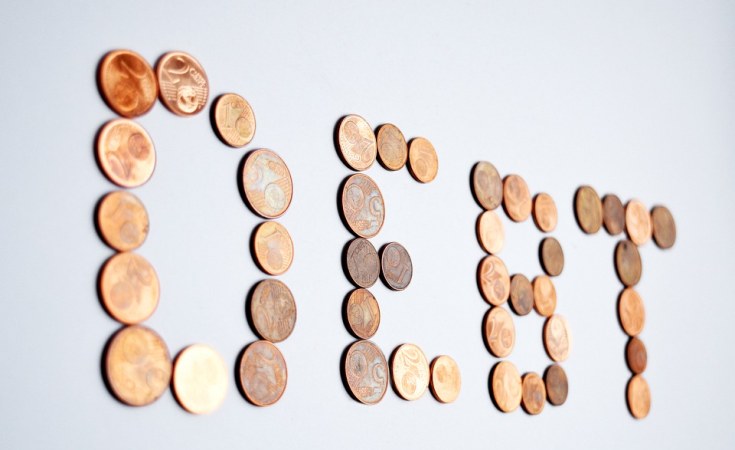The external debt profile of states in Nigeria has always generated concerns by those who evaluate the future implications of it.
In recent years, amidst the global glut in revenue being allocated from the crude oil earning of the country, states have been struggling to meet up with their financial obligations. And so many of the 36 states and the Federal Capital Territory (FCT) have resolved into borrowing.
Read more about Politics
Intrinsically, borrowing is not considered a misalignment in fiscal policy discourse but the source and use of the borrowed funds better be good.
It is excusable when government debt is secured locally (in Naira) – exchange rate risk and pressure are absent. The government will not have to worry about the Naira losing value sharply against the dollar and servicing such debt should not be a burden in the long run. But a lot of times, we hardly see State governments that are sensitive enough to the advantages local debt has over foreign debt. All dollar loans are welcome to them as long as the interest rate payable on them is relatively low.
As of December 2020, external debt profile by geopolitical zone stands at South West: $1.89 billion; North West: $836.19 million; South-South: $742.43 million; North East: $504.96 million; South-East: $491.18 million; and North Central: $307.29 million.
Lagos State $1.41 billion external debt total still has more debt than the summation of 3 geopolitical zones’ external debt–North Central ($307.29m), North East ($504.96m), South East ($491.18m). Of South West’s external debt, Lagos state alone has 74.6% of the $1.89 billion total. One cannot but wonder what successive administrations in Lagos have achieved with all of the borrowed funds.
Gombe state tops the external debt ranking at an alarming +1,750%, Lagos follows in number 3 at +639%, Bayelsa in 10th position at +286%, and Oyo fell to -26% in the last 15 years.
Sign up to the Connect Nigeria daily newsletter
In comparison, some of the debt figures and rankings switched for some of the 36 states and FCT under the domestic debt index.
From the period 2011 to 2020, domestic debt growth stands as high as +5,186% for Borno while the FCT remains the lowest at -19%. Meanwhile, Oyo state which has the lowest growth rate in the foreign debt category keeps rising astronomically at +1,865% to the 6th position.
Osun still tops the domestic debt table for the South West region while Lagos which is number one in foreign debt owings is nowhere to be found in the first 10 rankings in domestic debt. The South Eastern state of Ebonyi and South-south’s Bayelsa state shares the lowest domestic debt profile with the FCT. All of these provides a cursory overview of the foreign or domestic debt appetite of states and how it augurs for respective regional development.
For instance, Oyo state’s shrinking foreign debt profile is hinged on capitalising on diversifying into local debt. The current administration in Oyo state is adopting an Alternative Project Funding (APF) approach whereby contractors for infrastructural projects source for the funds for the project and the government spreads payment over years.
This is a unique type of domestic debt acquisition used for developmental capital projects and at a little servicing cost to the government and the delight of the people. If this would be the reason given for the hike in domestic debt for other states willing to adopt such a funding model for capital projects, then so be it.
Featured Image Source: all Africa
Got a suggestion? Contact us: [email protected]


